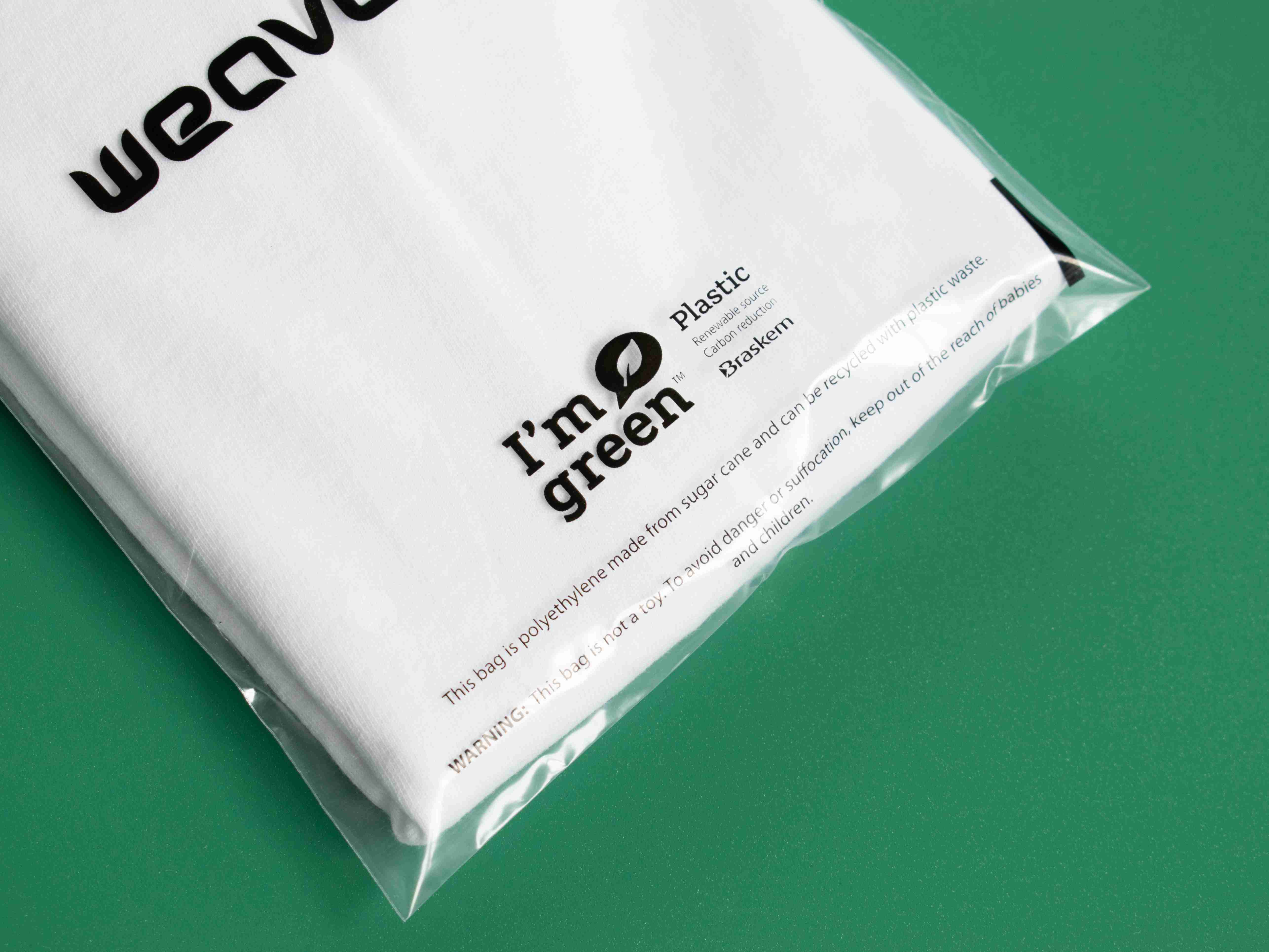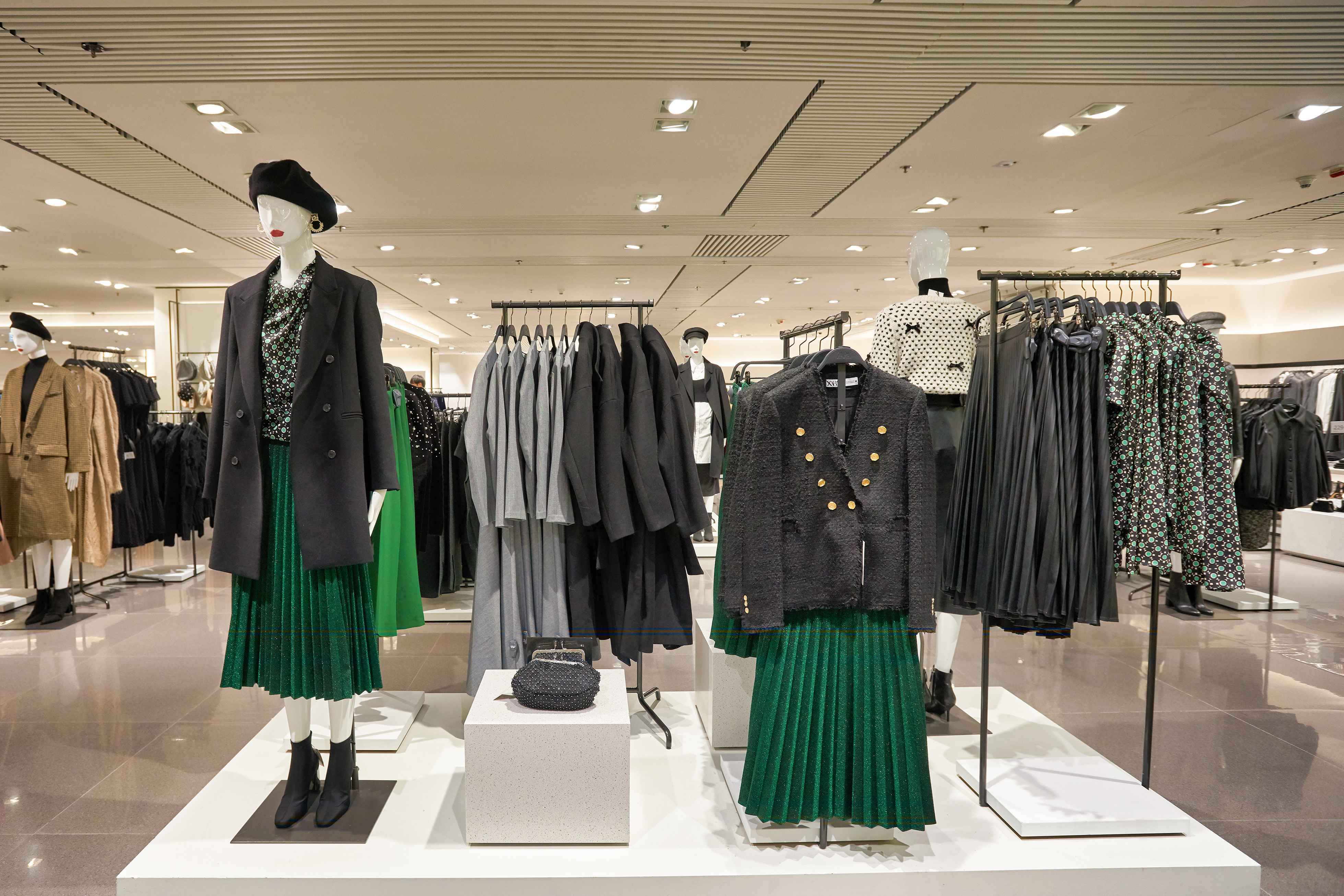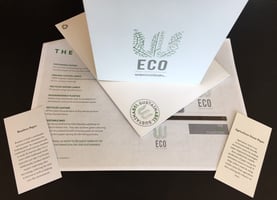Recyclability Assessment Methodology (RAM): What fashion brands need to know
Understand the UK’s Recyclability Assessment Methodology (RAM) and what it means for fashion packaging. Learn how to align with regulations and stay compliant.
In the UK, the Recyclability Assessment Methodology (RAM) is now the official framework for assessing how packaging performs at end-of-life.
For fashion brands, this means reviewing every swing tag, box and polybag to ensure recyclability claims are backed up by evidence.
At Weavabel, we work closely with brands to help them adapt packaging portfolios in line with these evolving requirements. In this blog, we’ll explain what the RAM is, why it matters and how fashion brands can prepare.
What is the Recyclability Assessment Methodology (RAM)?
The UK government introduced the Recyclability Assessment Methodology to provide a standardised way of evaluating packaging. It focuses on how packaging behaves in real-world recycling systems — not just whether it could theoretically be recycled.
In practice, the RAM looks at:
- Material composition: What the packaging is made of (paper, plastic, composites, etc).
- Collection and sorting: Whether local authorities actually collect it in kerbside recycling.
- Processing feasibility: If the UK recycling infrastructure can sort and reprocess it efficiently.
- End markets: Whether there's a viable market for recycled outputs.
Only if packaging meets all these criteria can it be classed as “recyclable.”
Why does RAM matter for fashion brands?
Fashion and retail packaging often combines multiple materials, including laminated swing tags, coated boxes and polybags with printed branding. While these may look premium, they can complicate recyclability assessments.
The RAM matters for brands because:
- It ties into Extended Producer Responsibility (EPR): From 2025 onwards, brands will be expected to pay fees based on how recyclable their packaging is. Non-compliant packaging will cost more.
- It impacts environmental claims: Brands risk fines or reputational damage if they make unsubstantiated claims like “100% recyclable” without RAM-based evidence.
- It influences consumer perception: Shoppers are more informed than ever. Packaging that aligns with official recyclability standards can boost trust and loyalty.
How the RAM is assessed
To comply with RAM, packaging must be tested against defined criteria. For example:
- Paper packaging must be free from plastic laminates that hinder pulping.
- Plastic packaging must be widely collected and sortable (e.g. clear PET bottles are recyclable, while black plastics often aren’t).
- Composite packaging (like foil-lined pouches) is generally classed as non-recyclable under RAM unless proven otherwise.
The UK’s recyclability assessment data (updated regularly) acts as the benchmark for determining recyclability. This means brands need to cross-check their packaging formats against the government’s latest published data.
Common packaging challenges for fashion brands under RAM
Fashion brands face particular challenges when applying RAM to their packaging:
- Polybags: While necessary for protecting garments, many LDPE or HDPE bags are borderline unless they’re transparent, uncoated and collected kerbside.
- Swing tags: Tags with laminates, foiling or mixed-material finishes may not be recyclable in practice.
- Packaging with adhesives: Labels, glues and stickers can interfere with recycling processes.
- Composites: Gift boxes with magnetic closures, ribbon inserts or metallic finishes are typically not recyclable.
By reviewing packaging against the RAM criteria, brands can identify where their current packaging falls short and plan alternatives.
Steps fashion brands should take now
1. Audit your packaging portfolio
Start by mapping out all packaging formats you use, from e-commerce mailers to trims and labels. Compare each against the RAM framework and government recyclability data.
2. Prioritise high-volume items
Focus first on packaging used at scale (e.g. polybags and shipping boxes). These carry the greatest compliance risk under EPR.
3. Switch to proven recyclable materials
Examples include:
- FSC-certified uncoated paper for tags and boxes.
- Clear, recyclable LDPE or paper-based garment bags.
- Recycled PET trims or labels.
For a tried and trusted variety of sustainable materials, see what Weavabel has to offer. It’s also worth taking a look at our certifications page.
4. Test your recyclability claims
Avoid assumptions. Work with suppliers like Weavabel, who test and certify packaging recyclability against RAM through robust traceability.
5. Communicate clearly with consumers
Provide correct recycling instructions (e.g. “Widely Recycled” or “Not Yet Recycled” labels) to avoid greenwashing risks.
How Weavabel supports brands with RAM compliance
At Weavabel, we help brands future-proof their packaging strategies by:
- Offering compliant alternatives: From recyclable garment bags to FSC-certified boxes.
- Reducing composite use: Simplifying packaging to meet recyclability thresholds.
- Providing material expertise: Guiding you through government recyclability data updates.
- Ensuring brand consistency: Delivering packaging that balances sustainability with aesthetics.
Our goal is to help brands not just meet compliance obligations but turn them into opportunities for stronger brand storytelling and consumer engagement.
Explore our sustainability page to understand our stitch-to-store method and how it safeguards your brand for RAM.
Looking ahead
With Extended Producer Responsibility fees set to ramp up even more, the Recyclability Assessment Methodology is a regulatory reality brands can’t ignore.
Fashion brands that act now will:
- Avoid costly penalties.
- Build consumer trust through credible sustainability claims.
- Streamline packaging portfolios for long-term efficiency.
At Weavabel, we believe packaging should do more than protect products — it should protect your brand’s reputation too. By aligning with RAM, you can achieve both.
Ready to future-proof your packaging?
Work with Weavabel to transition your packaging portfolio in line with the UK’s Recyclability Assessment Methodology. From garment bags to branded trims, we’ll help you stay compliant, sustainable and customer-focused.











